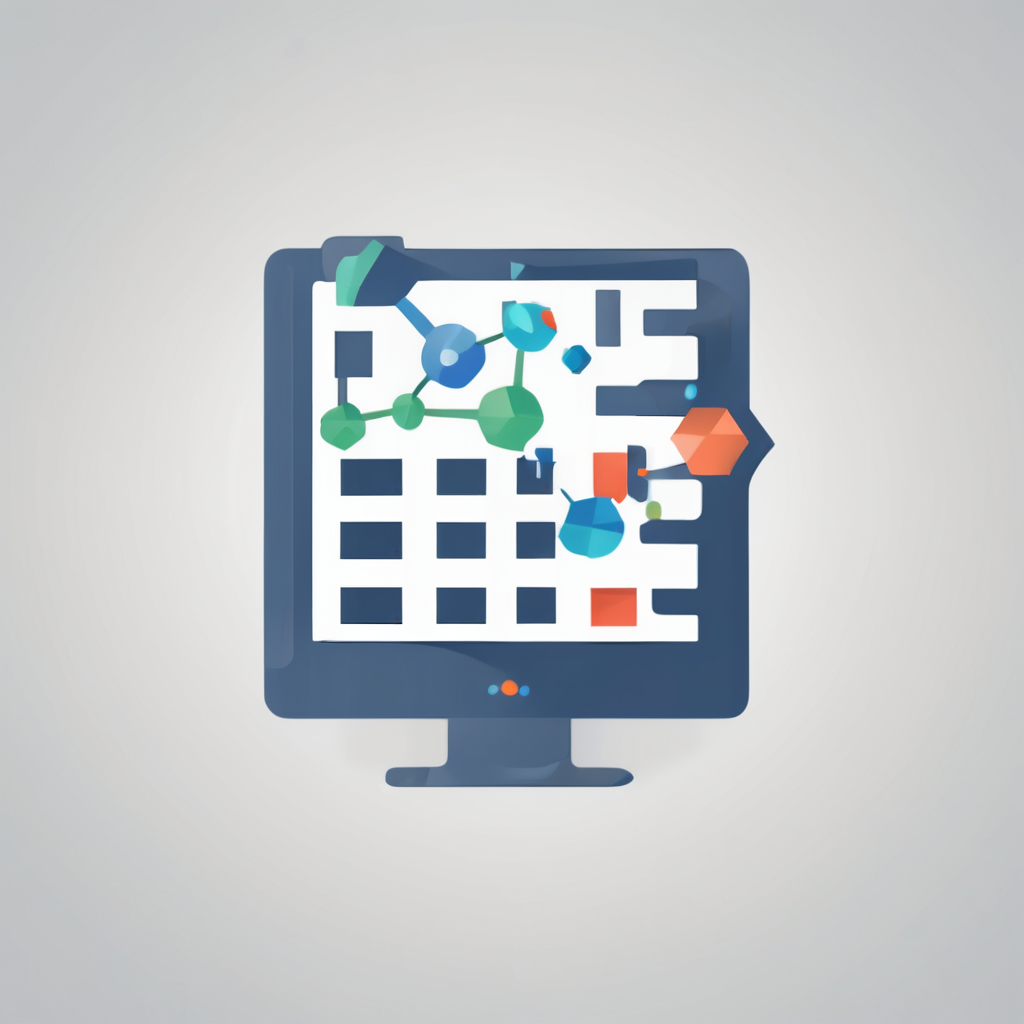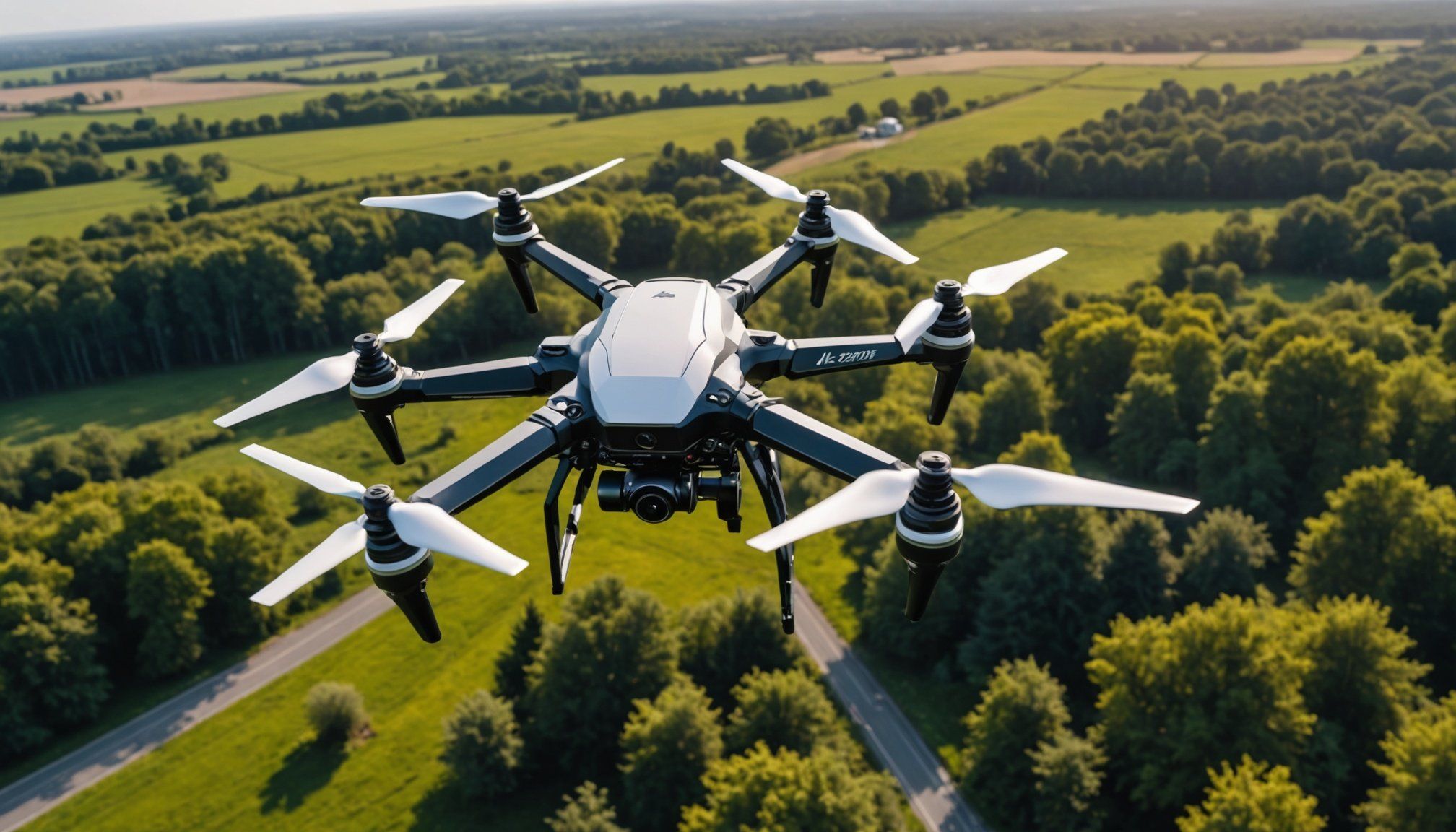Key Technology Considerations for AI Integration
When looking at AI integration into drone technology, it’s crucial to consider the technologies that facilitate precise navigation. Central to this are advanced navigation systems, which rely heavily on the integration of various AI technologies. These systems enable drones to interpret and interact effectively with their environments.
Sensor systems are vital as they ensure accurate data collection. They are the eyes and ears of the drone, capturing essential information from the surroundings. The reliability of navigation largely depends on these sensors, as they feed critical data into the AI models that guide the drone. Without an adequate sensor system, AI-driven navigation efficiency would drastically reduce.
Also to see : Why product lifecycle management software is essential for business growth
Moreover, machine learning plays a pivotal role in enhancing navigation accuracy. By learning from vast amounts of flight data, algorithms improve their predictions and decisions over time. This continual learning process allows for adapting to new environments and unforeseen obstacles, thereby refining the drone’s ability to navigate autonomously.
Overall, effective AI integration implies an amalgamation of cutting-edge navigation systems, robust sensor inputs, and agile machine learning capabilities, each contributing to seamless and efficient drone operations.
In the same genre : Critical tactics for protecting ai-driven e-commerce recommendation systems
Hardware Requirements for Autonomous Drones
To enable effective AI-driven navigation, drones require specific hardware components meticulously designed to meet the demands of integration challenges. Among these, the processing unit remains critical, often needing to support intensive computation tasks required by AI algorithms. This implies a necessity for high-performance processors capable of real-time data analysis.
Given the intricacies of AI applications, compatibility between AI systems and drone hardware is paramount. For instance, the drone’s onboard systems must seamlessly communicate with AI to ensure no processing lags occur that could hamper navigation accuracy. Further, sensor compatibility with AI technologies is equally important, as efficient data exchange impacts navigation outcomes.
When examining the impact of hardware limitations on AI performance, considerations such as power supply and weight become significant. These determine the drone’s flight duration and agility. Limitations in battery life could restrict operational time, affecting data collection capabilities and mission success rates.
To conclude, the intersection of robust hardware with sophisticated AI models forms the cornerstone of efficient drone navigation. Ensuring hardware is tailored to meet the specifications of AI and sensor components is crucial for overcoming integration challenges.
Algorithm Selection for Efficient Navigation
Choosing the right algorithm design is essential for enhancing navigation efficiency in drones. Drones use various AI models tailored for specific operational requirements. These algorithms differ in complexity and application scope, from basic rule-based systems for low-altitude environments to sophisticated neural networks for more dynamic and autonomous navigation.
When selecting algorithms, key considerations include computational efficiency, adaptability to evolving environments, and integration with existing drone technology. Smaller drones may benefit from lightweight, energy-efficient models, while larger, commercial drones might utilise more advanced neural networks for improved precision and adaptability.
Future trends in AI algorithm development point towards more autonomous, leaner models that can operate with minimal human intervention. They focus on self-optimising capabilities, potentially learning and adapting to new conditions without constant updates. This adaptability is crucial for maintaining higher efficiency and reliability in diverse operating conditions.
Understanding these algorithm design principles allows for better matching with the specific needs of drone navigation systems. By ensuring seamless integration of algorithms with AI models, drones can achieve optimal navigation efficiency, reducing errors and enhancing overall performance.
Regulatory Compliance and Legal Considerations
Navigating the regulatory landscape is pivotal when integrating AI into drone operations. Regulatory standards vary globally, thus understanding both local and international drone laws is essential to ensure compliant operations. Regulatory bodies like the FAA in the United States set the framework within which drone technology must evolve. Their guidelines cover aspects such as flight altitudes, operational zones, and privacy issues, each crucial for avoiding legal pitfalls.
Drones operating internationally must comply with multiple jurisdictions, which can complicate integration strategies. Ignorance of these laws often leads to penalties or operational halts. Thus, developing comprehensive compliance strategies that address these legal frameworks is imperative for seamless AI integration.
Compliance strategies often incorporate regular updates to keep systems aligned with evolving laws. They also involve engaging with legal advisors to interpret complex regulatory language. Furthermore, collaboration with regulators can provide vital insights into legal expectations, ultimately promoting operational harmony.
Efficient registration processes alongside meticulous documentation further safeguard against regulatory breaches. This proactive approach not only prevents legal disputes but also fortifies the brand’s reputation as a law-abiding entity.
Safety Protocols in Autonomous Drone Operations
Safety measures in drone navigation are essential for risk management and ensuring smooth operations. A critical safety protocol is the establishment of geo-fencing, which restricts drones to pre-defined flight areas, reducing the likelihood of collisions or unauthorized territory incursions. Risk management involves identifying potential hazards and devising strategies to mitigate them, including thorough pre-flight inspections to check for mechanical failures.
To further enhance safety, operators implement comprehensive operational protocols. These include conducting regular maintenance checks and updating software systems to address any emerging vulnerabilities. Furthermore, developing robust communication protocols ensures that drones can swiftly return to safe positions if control is lost, thereby preventing accidents.
Case studies offer valuable insights into effective safety protocol implementation. For instance, drones used in disaster relief operations often deploy infrared sensors to detect human presence, showcasing how technology can uphold safety standards and aid in emergency scenarios.
By incorporating multi-tiered safety measures, drones become inherently safer and more reliable. Thus, thorough risk assessment and adaptable operational guidelines are pivotal for maintaining safety in autonomous drone applications.
Challenges in AI Integration for Drone Navigation
When implementing AI integration in drone navigation, integration challenges can pose significant hurdles. Understanding the common pitfalls that lead to these challenges is paramount. Often, issues arise due to the complexity of harmonizing diverse technologies. Specific challenges include mismatched AI and hardware capabilities and inadequately trained personnel.
Frequently, the root causes of integration failures stem from attempting to incorporate incompatible systems. Insufficient training also hinders effective AI use, impeding optimal drone performance. Additionally, outdated software or misaligned data protocols may lead to inefficiency.
To address these integration challenges, drones require troubleshooting strategies. Solutions involve thorough compatibility checks during the design phase. Regular training programs ensure operators understand complex systems. Incorporating user-friendly interfaces streamlines operations, minimizing human error.
Moreover, ensuring continuous system updates remedies technological mismatches. Collaboration with experts during integration fosters innovation and idea exchange. Leveraging their expertise can rectify potential issues before disrupting operations. Building a flexible, scalable architecture allows drones to adapt to evolving technologies efficiently.
Ultimately, recognizing and proactively addressing integration challenges paves the way for seamless AI-driven navigation, enhancing overall operational success.
Best Practices for Seamless Integration
Integrating AI into drone systems requires adherence to specific best practices to ensure successful implementation. A crucial component is developing robust integration strategies that consider both software and hardware compatibilities. A phased approach, beginning with pilot testing, allows for identifying issues early and refining systems before full deployment.
Iterative development is another key practice. This involves continuous testing and improvement of AI algorithms and sensor interfaces, ensuring that systems remain adaptable and efficient. Regular updates and improvements help maintain compatibility with evolving technologies, preventing obsolescence.
Additionally, expert insights play a vital role. Collaborating with industry leaders and specialists can provide valuable knowledge, helping tailor integration strategies to align with successful implementation experiences. Engaging with these experts sheds light on potential pitfalls and innovative solutions, smoothing the integration process.
Employing a user-centric design ensures that drones are intuitive to operate, reducing errors and enhancing usability. Feedback loops from end-users can provide actionable insights for improvement, leading to better overall integration results.
Finally, maintaining comprehensive documentation throughout the integration process helps teams track changes and ensure transparency. This structured approach builds a foundation for seamless integration across all drone systems.
Case Studies and Practical Examples
Understanding real-world applications of drone technology is crucial to grasp how effective AI integration can enhance drone navigation. A notable example is the use of drones in agricultural monitoring and mapping, where successful deployments have resulted in significant yield improvements. This is achieved through precise data collection and optimized resource allocation, enabled by advanced AI models that process environmental data in real time.
Another impactful case study highlights drones in disaster management. These drones provide efficient navigation over devastated areas, offering first responders critical information swiftly. Utilising robust safety measures, such as infrared sensors and geo-fencing, the drones ensure safe and compliant operations. These features exemplify seamless AI-driven navigation that delivers real-world benefits.
Additionally, logistics companies have underscored operational efficiency improvements through autonomous delivery drones. Integration challenges were addressed through iterative testing, establishing benchmarks for successful implementation. By employing state-of-the-art navigation systems, these drones efficiently manage complex delivery routes, reducing time and cost.
Learning from these case studies, future drone technologies should focus on AI adaptability to diverse conditions. Iterative development and integration of advanced safety protocols can further enhance drone performance, demonstrating the practical utility of AI advancements.
Expert Insights and Future Directions
Exploring expert opinions provides invaluable perspectives on the continuing evolution of AI within drone navigation. Analysts predict that future advances will focus on creating more adaptable and autonomous systems. Industry insights highlight an emphasis on developing AI models capable of learning and optimizing operations over time, reducing the need for manual interventions.
Experts believe that future trends in AI for drones will incorporate more sophisticated machine learning capabilities. These advancements could enable drones to not only recognise patterns but also predict changes in their environment, enhancing navigation systems. Such intelligence would allow drones to autonomously navigate varied terrains without extensive pre-programming.
Key opinion leaders emphasize the importance of ongoing research to stay ahead in this rapidly evolving market. Through continuous innovation, drone technology can overcome current integration challenges, such as sensor accuracy and data processing limitations. R&D will likely focus on developing lightweight AI algorithms to boost navigation efficiency while maintaining robust data security protocols.
By understanding and prioritizing these expert insights, industry players can better prepare for the marketplace of tomorrow, ensuring that drone technology remains at the forefront of global innovation.










